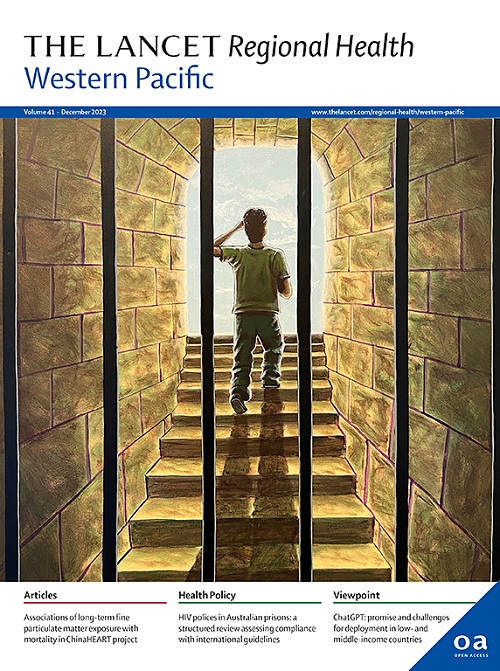Imaging in plasma cell disorders—consensus recommendations of the Asian myeloma network bone imaging workgroup
IF 8.1
1区 医学
Q1 HEALTH CARE SCIENCES & SERVICES
引用次数: 0
Abstract
The role of imaging in accurate classification and management of plasma cell disorders is substantial with the increasing evidence in the ability of cross-sectional imaging to identify disease related manifestations. International myeloma working group and nation-wide guidelines provide recommendations for guiding practice. However, there are remarkable variations in practice globally and in particular, adoption of incorrect imaging techniques due to lack of awareness/education, lack of equipment or personnel and resource constraints. These limitations are not specific to any particular geographic area. Hence in this complex and evolving imaging landscape, clinicians require practical guidance incorporating up-to-date and emerging evidence that is relevant to their healthcare system. In this manuscript we describe the two-pronged (minimum and enhanced) recommendations for imaging in different categories of plasma cell disorders from the Asian myeloma network bone imaging workgroup arrived through a questionnaire-based inquiry of prevailing imaging practices, discussion of those practices in the light of optimal evidence-based imaging recommendations, barriers in adoption of those recommendations and suggestions to overcome some of these barriers. There is an important role for these regionally relevant but globally applicable recommendations rooted in clinical practice which can serve as a medium for Physician/nursing, patient/carer education and to enable dialogue with healthcare technology appraisers/funders and secure interventions required to optimise practice in this field.
浆细胞疾病的成像——亚洲骨髓瘤网络骨成像工作组的一致建议
随着越来越多的证据表明横断面成像识别疾病相关表现的能力,成像在浆细胞疾病的准确分类和管理中的作用是实质性的。国际骨髓瘤工作组和国家指南提供了指导实践的建议。然而,在全球范围内的实践中存在显著差异,特别是由于缺乏意识/教育、缺乏设备或人员以及资源限制而采用不正确的成像技术。这些限制并不局限于任何特定的地理区域。因此,在这个复杂和不断发展的影像领域,临床医生需要实用的指导,包括最新的和新兴的证据,是有关他们的医疗保健系统。在这篇文章中,我们描述了亚洲骨髓瘤网络骨成像工作组通过对主流成像实践的问卷调查得出的不同类别浆细胞疾病的双管(最低和增强)成像建议,根据最佳循证成像建议讨论这些实践,采用这些建议的障碍以及克服这些障碍的建议。这些区域相关但全球适用的建议根植于临床实践,可以作为医生/护理、患者/护理人员教育的媒介,并能够与医疗技术评估者/资助者进行对话,并确保优化该领域实践所需的干预措施。
本文章由计算机程序翻译,如有差异,请以英文原文为准。
求助全文
约1分钟内获得全文
求助全文
来源期刊

The Lancet Regional Health: Western Pacific
Medicine-Pediatrics, Perinatology and Child Health
CiteScore
8.80
自引率
2.80%
发文量
305
审稿时长
11 weeks
期刊介绍:
The Lancet Regional Health – Western Pacific, a gold open access journal, is an integral part of The Lancet's global initiative advocating for healthcare quality and access worldwide. It aims to advance clinical practice and health policy in the Western Pacific region, contributing to enhanced health outcomes. The journal publishes high-quality original research shedding light on clinical practice and health policy in the region. It also includes reviews, commentaries, and opinion pieces covering diverse regional health topics, such as infectious diseases, non-communicable diseases, child and adolescent health, maternal and reproductive health, aging health, mental health, the health workforce and systems, and health policy.
 求助内容:
求助内容: 应助结果提醒方式:
应助结果提醒方式:


